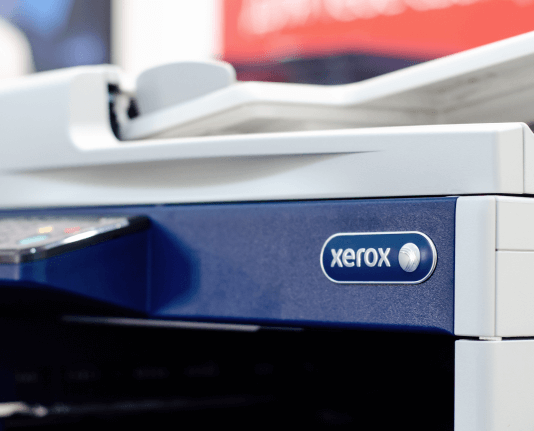Streamline your sales process with the siop method
See airSlate SignNow eSignatures in action
Our user reviews speak for themselves






Why choose airSlate SignNow
-
Free 7-day trial. Choose the plan you need and try it risk-free.
-
Honest pricing for full-featured plans. airSlate SignNow offers subscription plans with no overages or hidden fees at renewal.
-
Enterprise-grade security. airSlate SignNow helps you comply with global security standards.

Siop Process for Sales
siop process for Sales How-To Guide
Experience the benefits of airSlate SignNow and revolutionize the way you handle document signing and sending. Take advantage of the Siop process for Sales today and witness the efficiency and convenience it brings to your workflow.
Sign up for a free trial now!
airSlate SignNow features that users love
Get legally-binding signatures now!
FAQs online signature
-
What are the methods of S&OP?
Common Steps in the S&OP Process The S&OP process can be broken down into six essential steps: data gathering and forecasting, demand planning, production planning, pre-SOP meeting, executive S&OP meeting, and the S&OP strategy implementation.
-
What does a siop manager do?
This role is responsible for leading the monthly Sales, Inventory & Operations cycle and leading collaboration efforts with cross functional teams (Operations, Sales, Supply Chain) to execute monthly Sales & Operations Planning efforts for our client's company. You'll help our client build out a planning cycle process.
-
What are the responsibilities of SIOP?
In this role, the incumbent is responsible for creating and maintaining schedules, monitoring inventory levels, and working collaboratively with production, sales, and purchasing teams to ensure that orders are shipped on-time, and inventory levels are optimized.
-
What is the siop process?
Sales, Inventory, and Operations Planning is the heartbeat of every manufacturer, distributor, and consumer products company. SIOP is the integrating function that ties each part of the business' operations together to achieve targeted financial outcomes.
-
What are the 5 stages of S&OP maturity?
Building end-to-end visibility in a company's internal supply chain is a prerequisite to creating a demand-driven S&OP process. Gartner's five-stage maturity model details the defining characteristics of each of the stages along the S&OP journey — react, anticipate, integrate, collaborate and orchestrate.
-
What are the steps in the S&OP cycle?
6 steps of the S&OP process Gather and manage data (forecasting) Each team collects data for the given time period, including: ... Demand planning. ... Production and supply planning. ... Pre-S&Op meeting (plan reconciliation) ... Executive S&OP meeting. ... Implementation.
-
What are the components of the S&OP process?
S&OP is the result of planning activities and it is composed of 5 main steps: data gathering, demand planning, supply planning, pre-meeting and executive meeting with the addition of a preliminary step at the beginning (event plans), two additional steps at the end of the process in case of a multinational company ( ...
-
What are the 6 steps of the S&OP process?
The six phases of S&OP are product review, demand review, supply review, finance review, pre-S&OP, and executive S&OP. Each phase needs the others for the process, as a whole, to thrive.
Trusted e-signature solution — what our customers are saying
How to create outlook signature
all organizations need some form of sales and operations planning to be able to function effectively even if you are a charity or public hospital and you don't sell anything then sales is just your demand and your operations are how you plan to do deliver it at its highest level it means considering our expected demand our capacity and making a plan of what work we will be doing this happens at many different time scales at the same time so first looking furthest into the future typically one or two years but sometimes much longer we will be making our long-term forecasts of demand and comparing them against our long-term capacity this capacity might not exist yet part of this process is to be making decisions about the type and quantity of work we plan to do in the long term and this back and forth to decide what capacity we can have we want to have we need to have to fulfill it whether you're a national government department or a burger van business you might have to be making back and forth pitches for investment budgets to make a case for why you need to have certain resources to have the capacity to meet this long term forecasted demand especially as there is always a lead time and adding capacity either hiring another temp worker or a 10 yearly time on building a new nuclear power station simultaneously we need to be looking into the medium term to do a similar process we now have a much clearer idea of our demand a combination of a good forecast based on much more recent data and maybe a few advanced orders are already in two giving us a bit more confidence on the other side our resources and capacity will be clearer with more certainty of what we've got to work with and less flexibility now to make drastic changes both sides feed into making a provisional master production schedule mps this is typically manufacturing terminology but the idea is far more general a master production schedule is the fundamental plan of what outputs will be done made in a certain time period maybe on a weekly resolution initially if you're a car factory it might say how many blue green and red cars you plan to make each week looking six months into the future or if you're a software development company it might be a plan of how many developers you plan to have working on the various aspects of an app development with an intended number of releases per week if you're a hospital it might be how many routine surgeries do you plan to do each week and how many patients you plan to be caring for still there is that back and forth aspect with the capacity plan trying to first make a provisional master production schedule with a rough cut capacity plan and then making plans to increase or decrease your resource allocation ingly and again simultaneously we will be doing the same at a higher level of detail for the planning of demand capacity and the work in the nearer future maybe looking for just a month or so now we might have a much more robust forecast because remember we are continuously updating our forecasts and even better maybe now we have mostly confirmed orders in our queue of work resource and capacity allocation is close to set and we're in a position to make a detailed work schedule for the coming weeks and simultaneously daily work is continuing we've got our resources capacity and our orders to work on whether or not we are working to order or working to stock building to stock and that's all we need to generate our final detailed work schedule of what is actually going to be done right now scheduling and work sequencing is a whole topic on its own and just one that i cover in more detail in my operations management course plug of course so much of this whole sales and operations planning process is done with the help of big software packages now and the most important type is materials requirements planning mrp sometimes more generically known as resource requirements planning rrp the boundaries of the role of such software isn't fixed but essentially sits in the middle taking in inputs of demand forecasts and available resources making rough and detailed work material and capacity plans allowing us to view various scenarios and plans to take the actions of buying materials allocating resources and doing the work [Music] [Applause] [Music] you
Show more


























